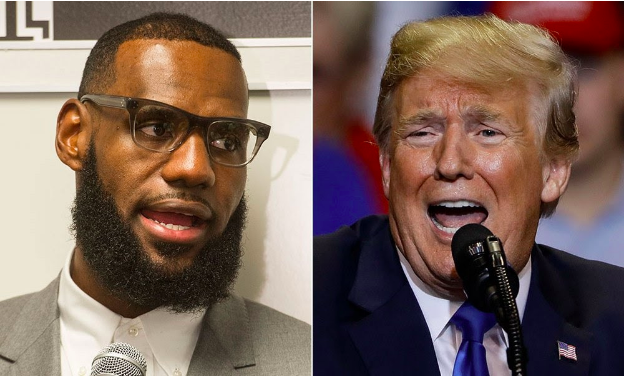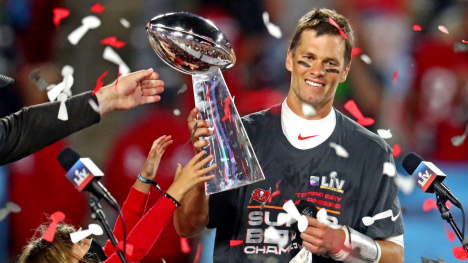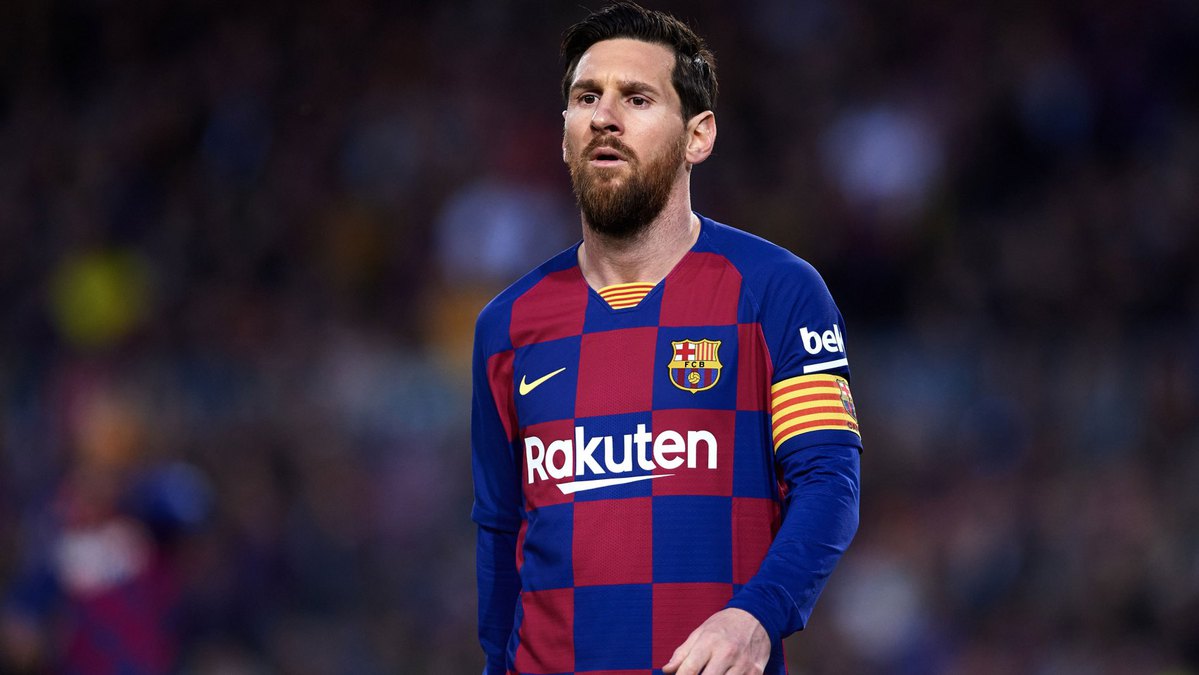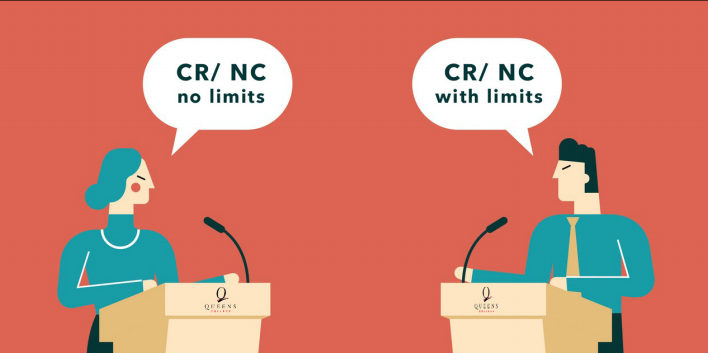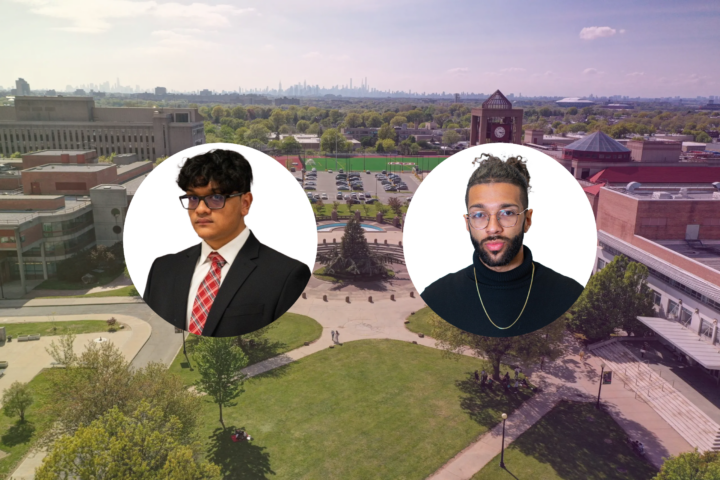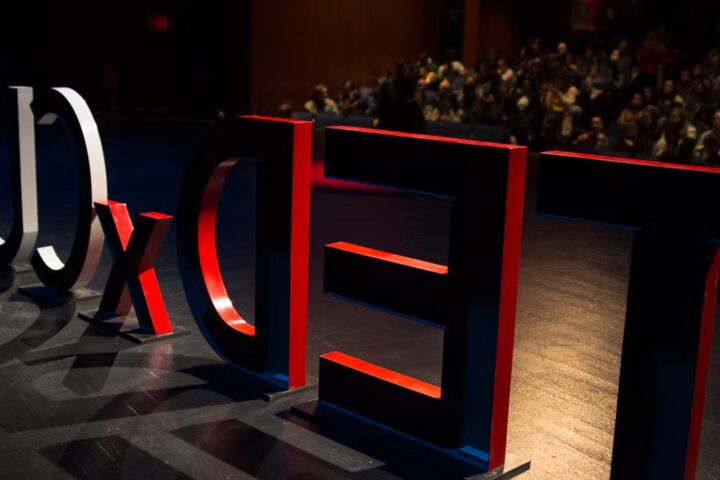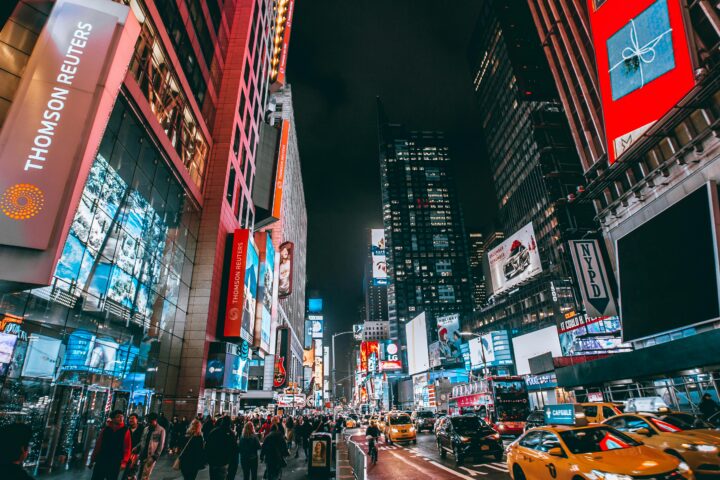As is the case with all broadcasted content, ratings are extremely important for the survival of sports. They can tell a story about the viewers’ and society’s perception of any given sport. This year, however, viewership for such prominent sports leagues as the NBA, NHL and NFL has come under fire for numbers that strikingly differ from previous years.
First off, do ratings even matter? In general? Yes. To sports? Not so much. At least compared to a reality show, they don’t. However, ratings do affect how much money is spent on the sport in advertisements, network choice, and media coverage. They can affect the industry but not to the point of catastrophe. Unless, of course, the drop in viewership is so significant that it truly does affect their viability. That would be end-of-the-world stuff in certain cases because we all know how much some people love their sports.
So what were the numbers amid these most unusual circumstances? How bad was the damage? According to Sports Media Watch, Game 1 of the NBA Finals this year saw a 45% ratings drop from 2019. The Stanley Cup Final fell 61%. Tennis’s U.S. Open Finals were down 56%. The Kentucky Derby (43%), MLB (40%) and college football (30%) saw notable decreases as well. The NFL had a much smaller dip of only 13% through Week 5 of their season. The only leagues that saw a positive change? The PGA Tour had a 17% increase while viewership for the WNBA Finals were up 15%.
The big lingering mystery is why these popular sports have seen significant decreases in viewership. Truthfully, it’s quite simple. You just have to look at past trends and present situations. According to Kevin Draper of the New York Times, total viewership across all television was down 9% in September 2020 compared to the same month the prior year. When people turn on their TVs, it has been to get updates on the COVID-19 pandemic or hear more about the presidential election. This brings us to the social justice movement. According to a poll from The Athletic’s Kavitha Davidson, 32% of people answered that the social justice movement in sports would make them less likely to tune in, contrasted by the 21% that said it would make them more likely. Marist’s Center for Sports Communication conducted a poll finding that 70% of registered Republicans said they are less likely to watch sports if they were to get involved with politics. The same poll found that 28% of the viewers for NBA games on ESPN and ABC were Democrats and 11% were Republicans before the NBA restart. After the restart, with the NBA focusing heavily on the Black Lives Matter movement, the share of viewers who were Democrats increased to 30%, while those who were Republicans dropped only to 10%.
There is also an issue of overscheduling because of the unusual circumstances the pandemic brought to sports. The NBA and NHL normally have late spring to themselves. MLB owns the summer. The NFL and college football dominate fall. However, these leagues are overlapping because of the pandemic. Fans simply can’t get to them all.
“You have an oversupply of premium events,” says Mike Mulvihill, head of strategy and analytics at Fox Sports. “It’s causing the total pool (of consumption) to not be affected that much. But on a sport-by-sport basis, everyone suffers.”
It’s also important to note the continuous growth of illegal streaming methods as a way to circumvent channel prices.
Fewer people are watching television in 2020. When they do, it’s usually to watch updates on the COVID-19 situation or one of the most prominent elections in United States history. The former has caused an unusual situation for sports, causing an overlap in scheduling that has never happened before. Time will tell if these are the true factors impacting the situation or if there is a greater issue affecting these leagues.


